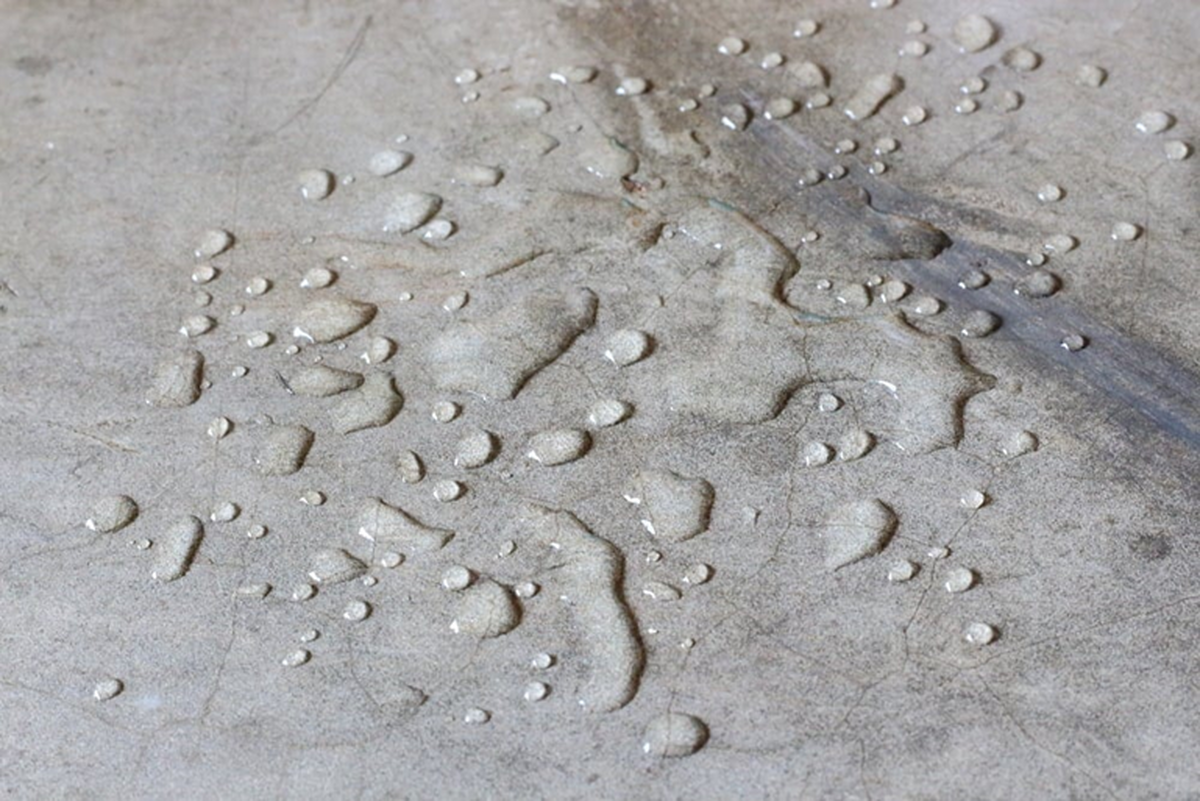Iranian Researchers Produce Hydrophobic Polymer Powder to Make Clay, Cement Mortars Waterproof

“In this company, we have successfully a hydrophobic additive: A type of this product is used in cement mortars and the other type is used in straw and clay mortars,” Ehsan Sadeghi, Chairman of the Board of Directors of a technology company based at the Science and Technology Park of Kashan University said in an interview with ANA.
“As much as one-twentieth of this additive is added to cement or straw clay mortar in a dry form, and then by adding water, the mortar is ready for use. The surface of the mortar and inside it becomes completely hydrophobic, meaning that water does not penetrate into the cement or clay,” he also said.
Sadeghi said that the powder they have produced in their company is polymer in contrast to other products available in the market. “Some other products also use a hydrophobic cover on the straw and clay surface; A solution that is applied on the surface of straw and clay mortar to make it hydrophobic. This coating loses its hydrophobic properties if it is scratched or is exposed to a sandstorm because it is not a polymer product; Rather, it is the traditional straw and clay mortar,” he explained.
The researcher further highlighted that after adding their powder to the mortar both the surface and the internal part of becomes hydrophobic.
Sadeghi went on to say that the hydrophobic polymer powder is more useful for constructing buildings in the Northern regions of the country where it is usually rainy and humid.
“This additive is used for buildings’ exterior walls in the northern regions of the country. Most of the western side of the facades of buildings in the North of the country have an ugly looking because of the bituminous waterproofing they have used against moisture.”
“The western facades of the building should be insulated, because the rain penetrates into the building’s wall. Under bituminous waterproofing there must be plastered (a thin layer of special materials such as cement, lime and plaster); But if one-twentieth of the plaster is mixed inside this product, the buildings no longer needs bituminous waterproofing,” the researcher continued.
“These additives can be used as a tile binder for bathroom and kitchen floors. Most Iranian women use caustic soda to clean bathroom and kitchen floors. The caustic soda is corrosive to cement, that is, it reacts with cement. The binder will immediately turn yellow, making the bathroom and kitchen look ugly. This reaction continues until there are gaps between the tiles,” he explained more.
“This product (hydrophobic powder) is anti-acid and anti-gas, meaning that if it is added in one-fifth of the slurry for binding, after drying, the grouted area will no longer react to caustic soda and its color will not turn yellow. Therefore, this product can also be used in grouting the walls and tiles of bathrooms and toilets,” he continued.
“Now these two products have reached the stage of commercialization and mass production, and we have also conducted consultations for getting into the markets of other countries such as Iraq, Senegal, South Africa, eastern countries and Russia,” the researcher concluded.
4155/i





















